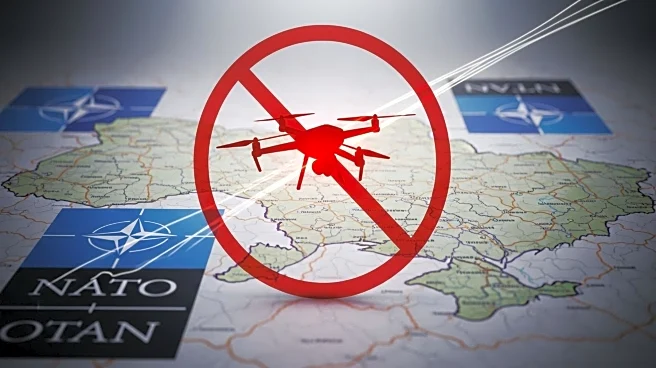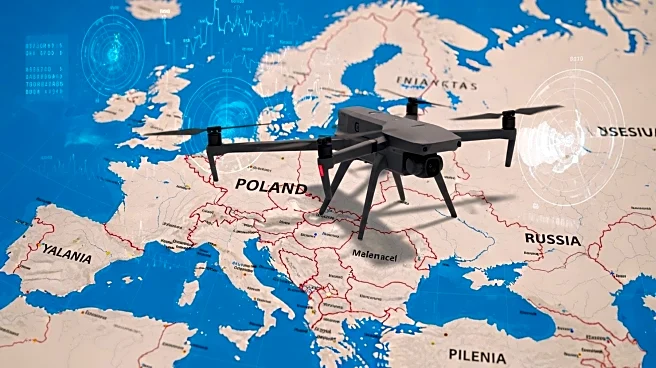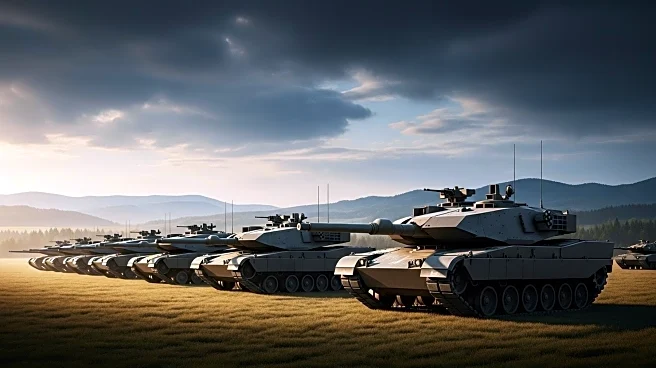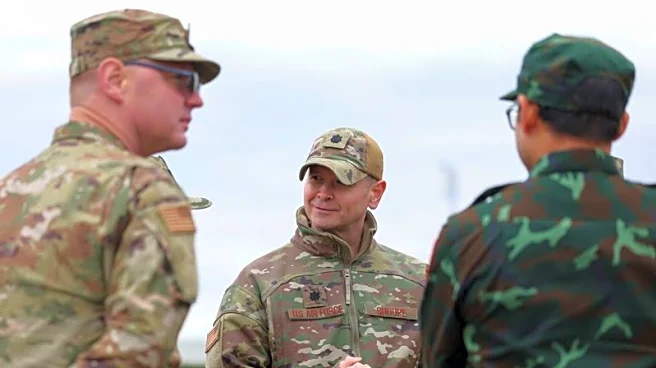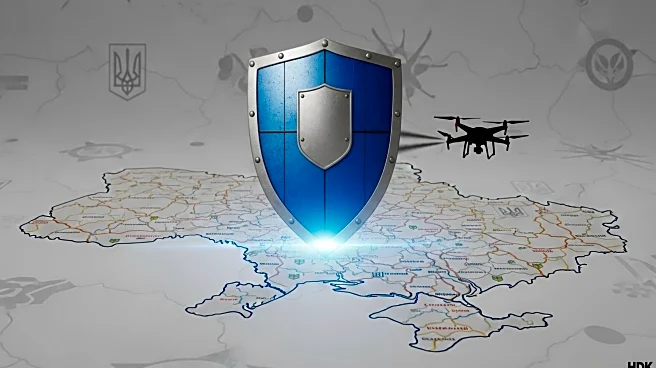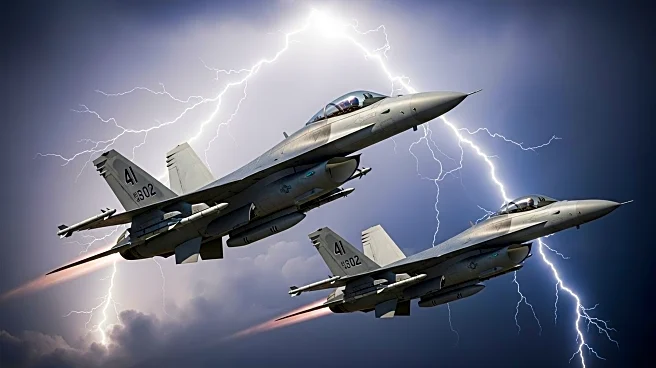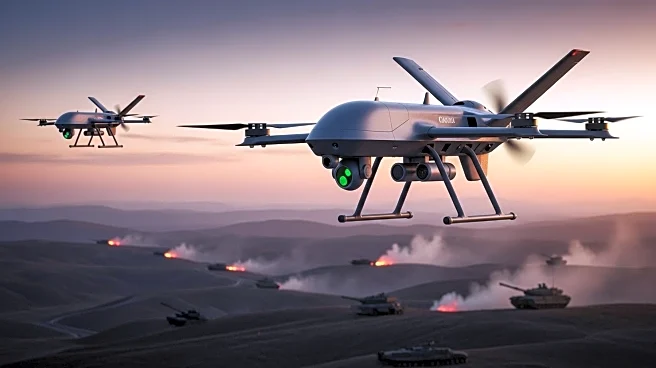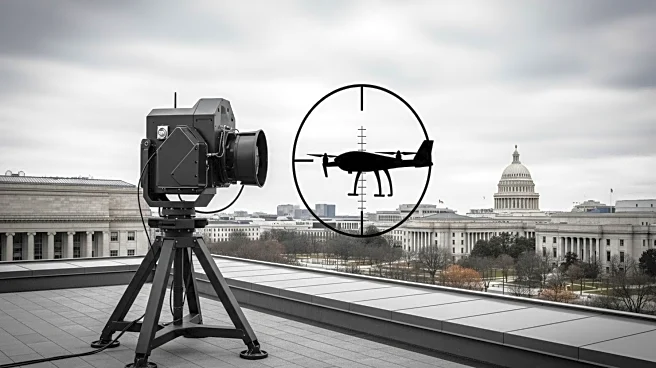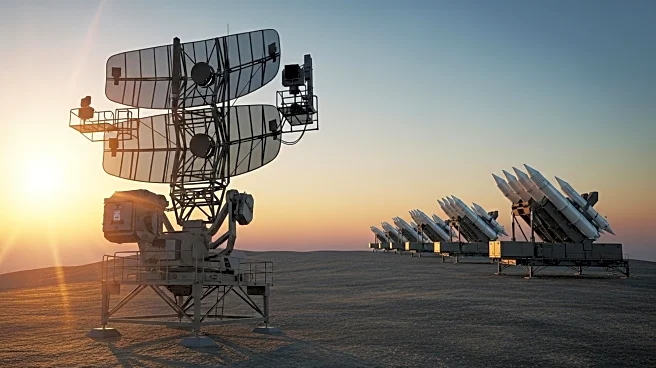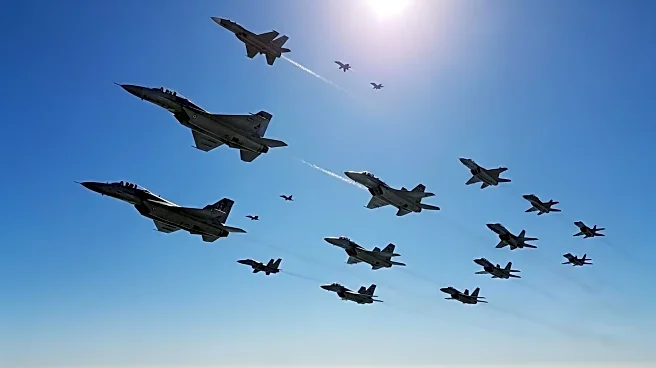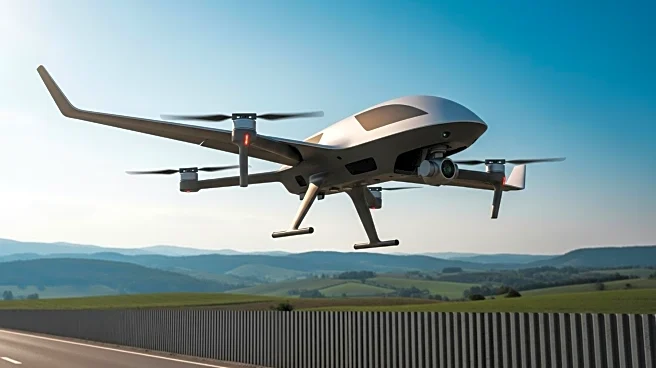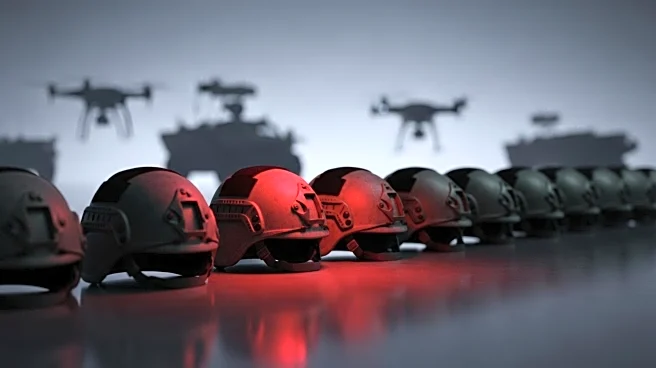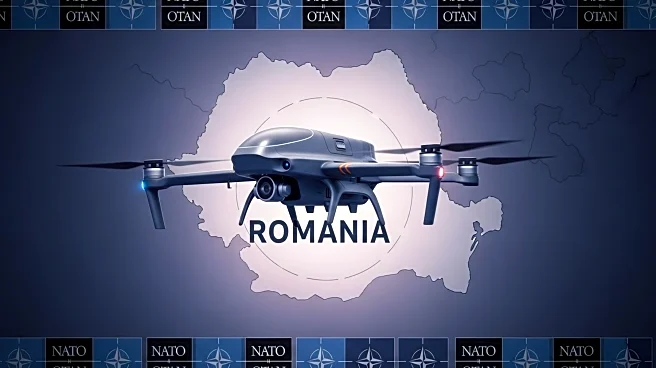What is the story about?
What's Happening?
Poland's foreign minister, Radoslaw Sikorski, has called for NATO to establish a no-fly zone over Ukraine to protect against Russian strikes. This request follows a recent incident where Russian drones entered Polish airspace, prompting NATO to scramble fighter jets. Sikorski emphasized that such a decision requires the support of NATO allies and cannot be made by Poland alone. The United States and other major NATO members have previously rejected similar requests from Ukraine due to the risk of direct conflict with Russian forces. Despite this, Poland continues to advocate for increased protection against aerial threats, citing the potential benefits of intercepting drones and other flying objects beyond national borders.
Why It's Important?
The call for a no-fly zone highlights ongoing tensions between NATO and Russia, particularly in the context of the Ukraine conflict. Establishing such a zone could significantly alter the dynamics of the war, potentially escalating military engagements between NATO and Russian forces. The proposal underscores Poland's concerns about regional security and the effectiveness of current defense measures against modern aerial threats like drones. If implemented, a no-fly zone could provide Ukraine with greater protection from Russian air assaults, but it also risks provoking a broader military confrontation. The situation reflects the delicate balance NATO must maintain in supporting Ukraine while avoiding direct conflict with Russia.
What's Next?
The proposal for a no-fly zone is likely to be a topic of discussion among NATO members, with potential implications for future military strategies in the region. Poland may continue to push for increased defensive measures, possibly seeking alternative solutions such as enhanced air defense systems. The response from other NATO countries, particularly the United States, will be crucial in determining the feasibility of such a zone. Additionally, Russia's reaction to these developments could influence the trajectory of the conflict, as Moscow has already expressed opposition to increased NATO involvement.
Beyond the Headlines
The situation raises questions about the evolving nature of warfare, particularly the role of drones and other unmanned aerial vehicles. The incident in Poland illustrates the challenges NATO faces in adapting to these new threats, which are cost-effective and difficult to counter with traditional military assets. The call for a no-fly zone also touches on broader geopolitical issues, including the balance of power in Eastern Europe and the strategic interests of NATO and Russia. As the conflict continues, the international community will need to consider the long-term implications of military interventions and the potential for diplomatic resolutions.
AI Generated Content
Do you find this article useful?
